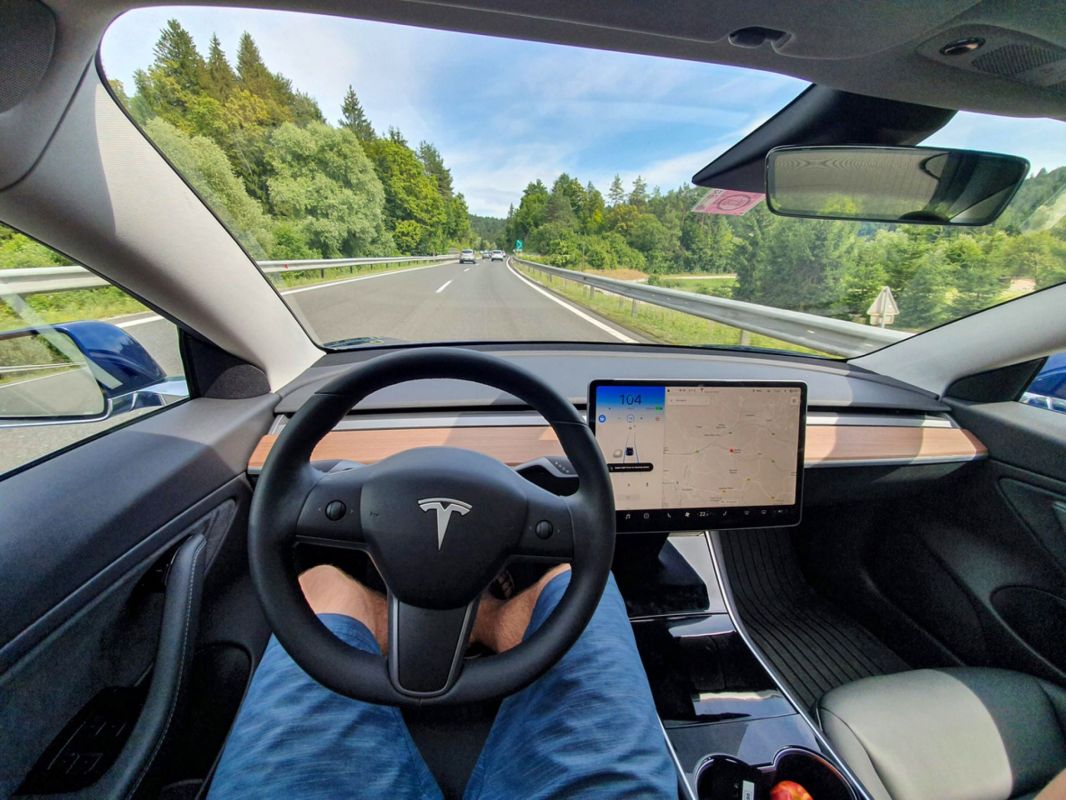The wait is over, as Tesla has finally begun rolling out its FSD Beta v12 software update to customers, according to Electrek. It's the company's 12th version of its full self-driving software, and though Tesla continues to make breakthroughs in the world of electric vehicles, previous attempts at full self-driving have been underwhelming.
This time, Tesla is using "end-to-end neural nets," which is basically a method of artificial intelligence that teaches computers to process data in the same way a human brain would. Previous updates had been coded by programmers.
Though Tesla CEO Elon Musk said this rollout would not be "beta," it is indeed in beta testing. In other words, a small handful of people get to use the software and test it to work out any bugs before it's available for wider release. Beta testing is generally the last round of testing before a product becomes available to the general public.
Musk first announced in 2016 that all the company's vehicles going forward would have the necessary hardware for FSD, even going so far as to say drivers would be able to take naps while the cars get them to their destinations, as reported by The Verge.
Tesla has had some pretty rocky previous FSD rollouts. According to National Highway Traffic Safety Administration (NHTSA) statistics published by the Washington Post in June, Tesla vehicles operating in autopilot mode have been involved in 736 crashes since 2019, including 17 fatalities.
Besides the release being considered beta testing — and despite Musk's early promise of the driver being able to take a nap — the latest update, as well as all FSD, is still considered an SAE Level 2 system, meaning the driver must be in control of all aspects of driving even when the special features are engaged, according to Autoweek.
Musk has tried and failed to get other major automakers on board with FSD in the past, and this latest iteration may be the last chance, at least for the near future.
Fred Lambert, the editor-in-chief of Electrek, wrote: "It's very much a two-step-forward, one-step-back kind of process … if it doesn't work, it sounds like Tesla would have to give up the idea of making self-driving work on its current hardware as promised."
Join our free newsletter for cool news and actionable info that makes it easy to help yourself while helping the planet.









